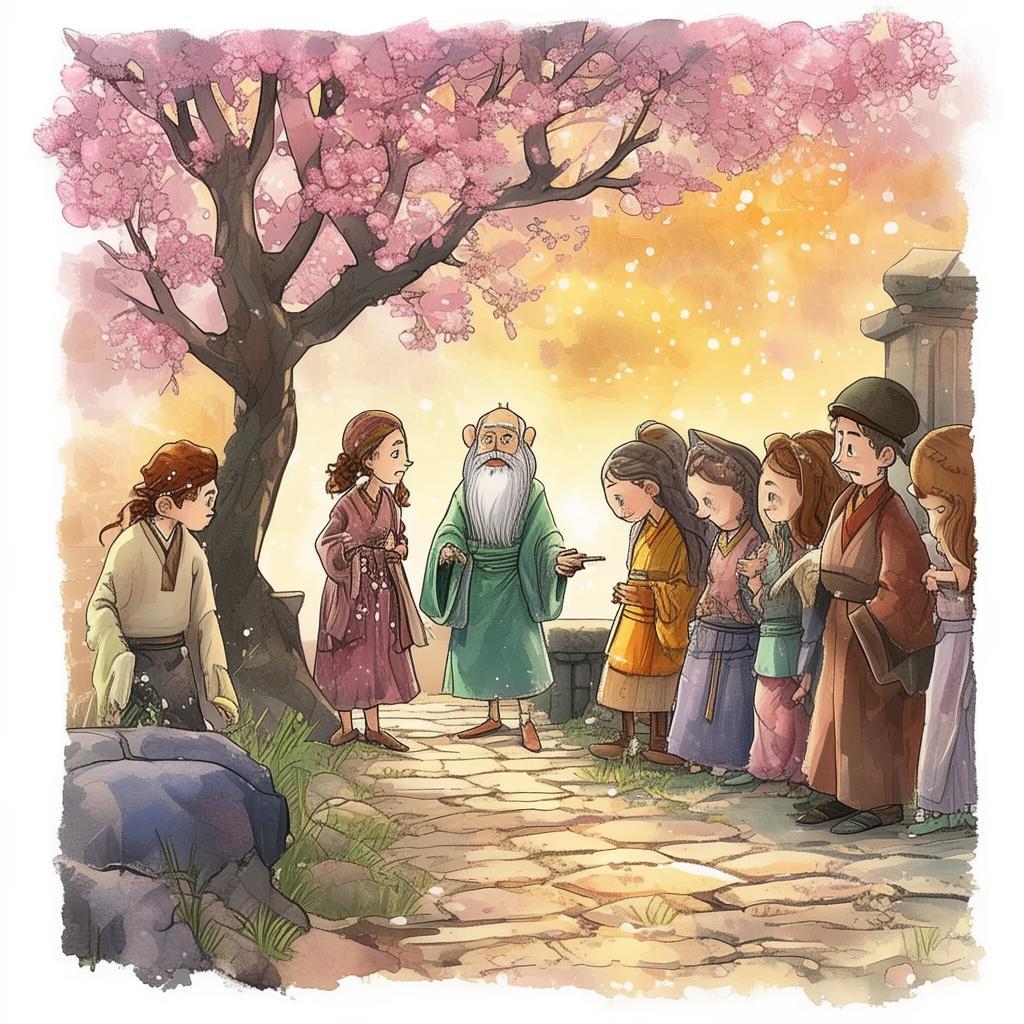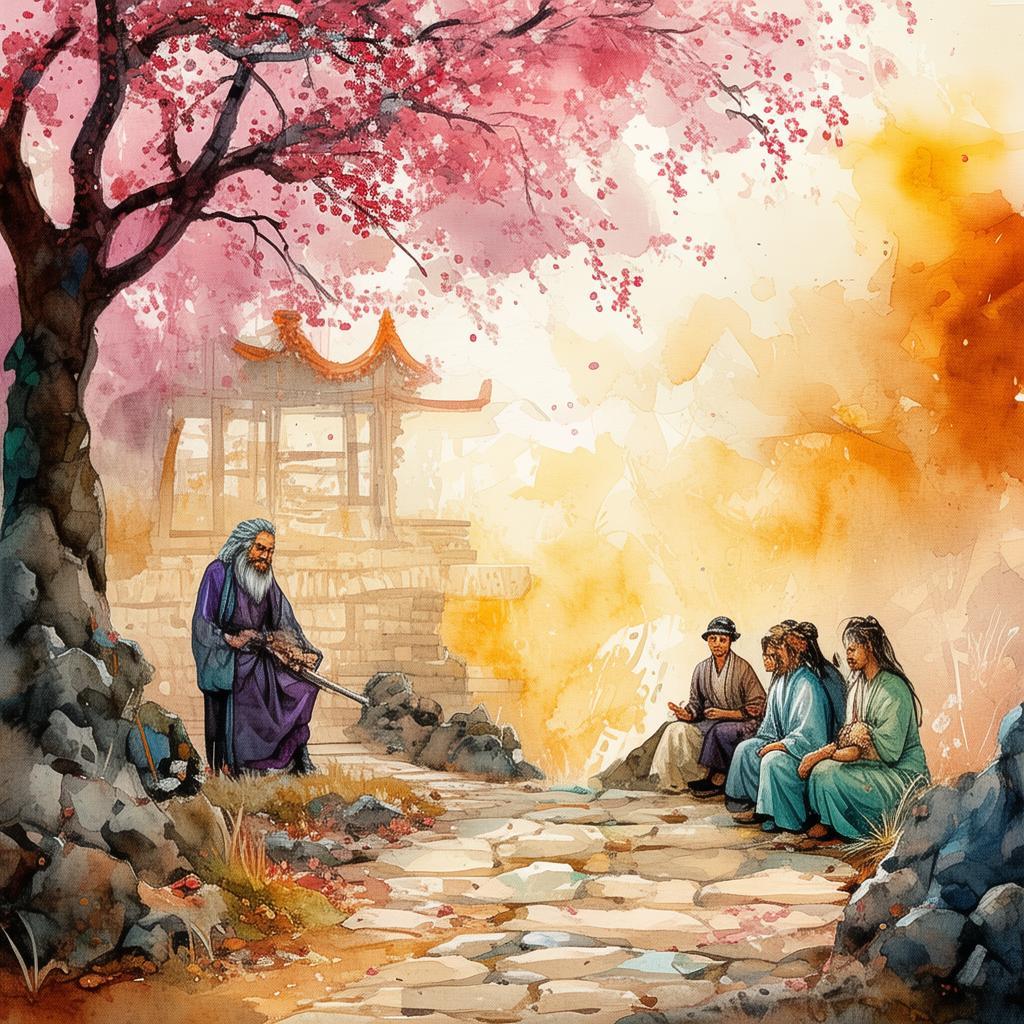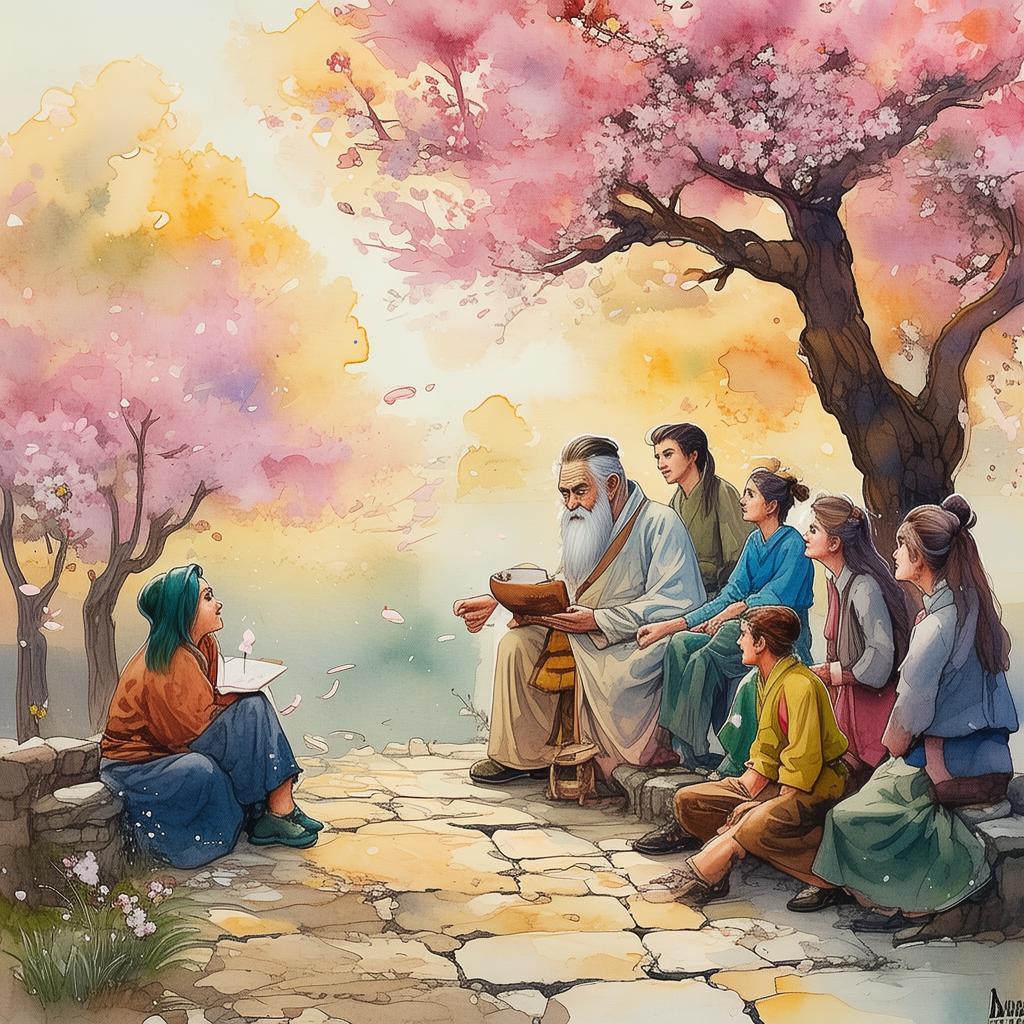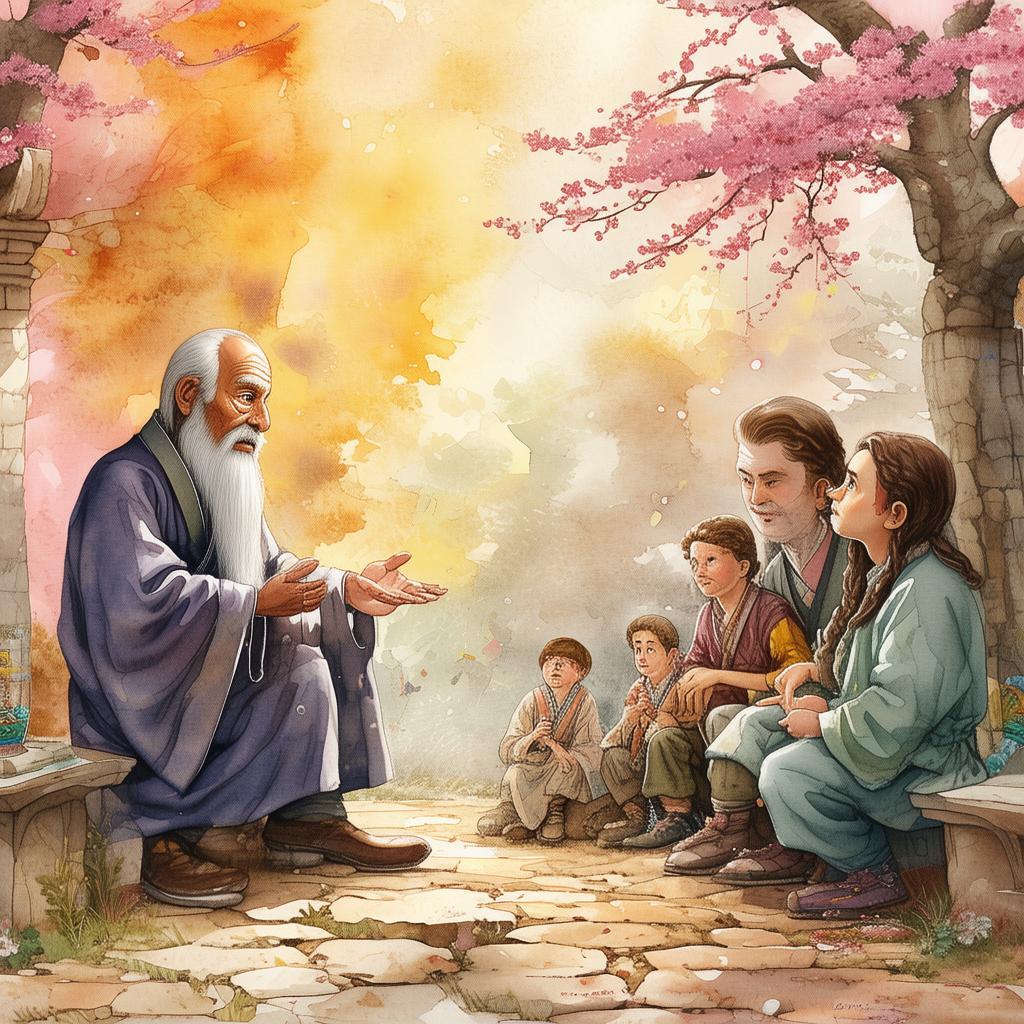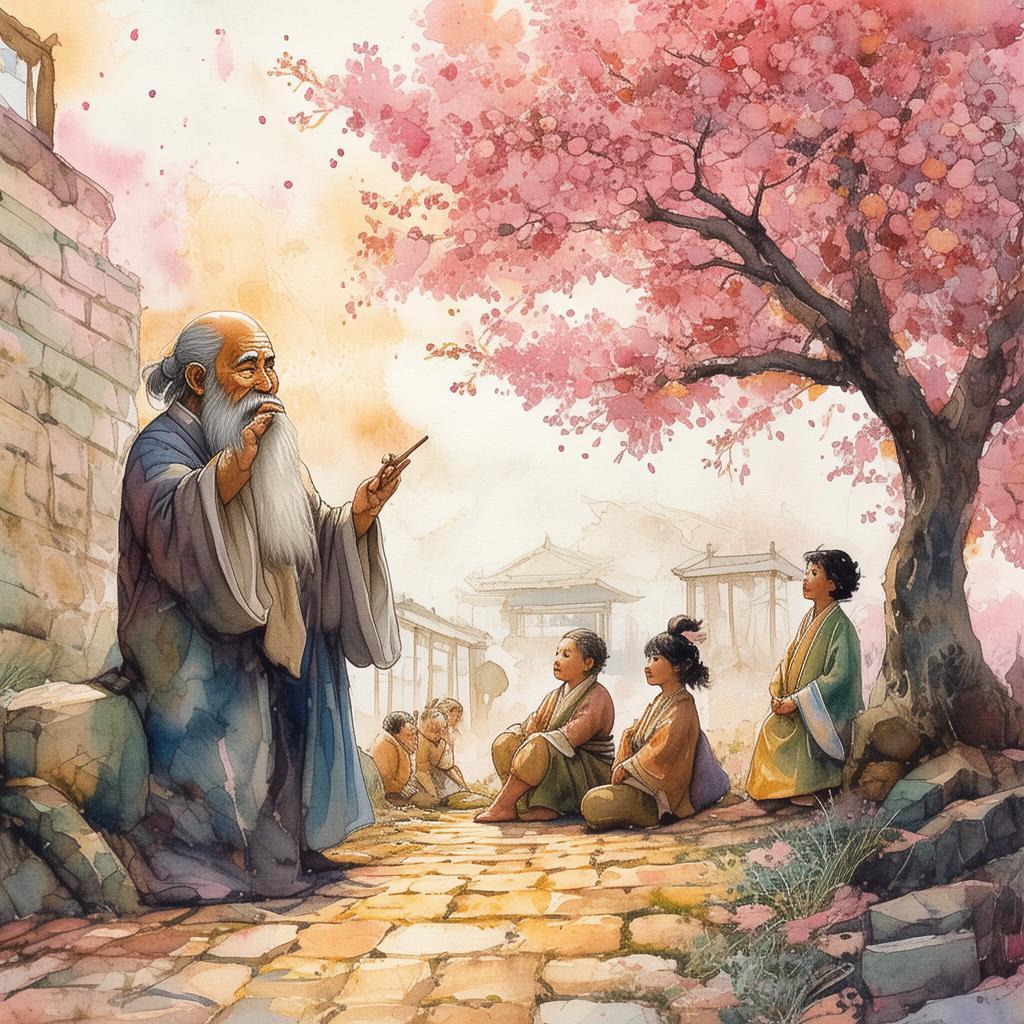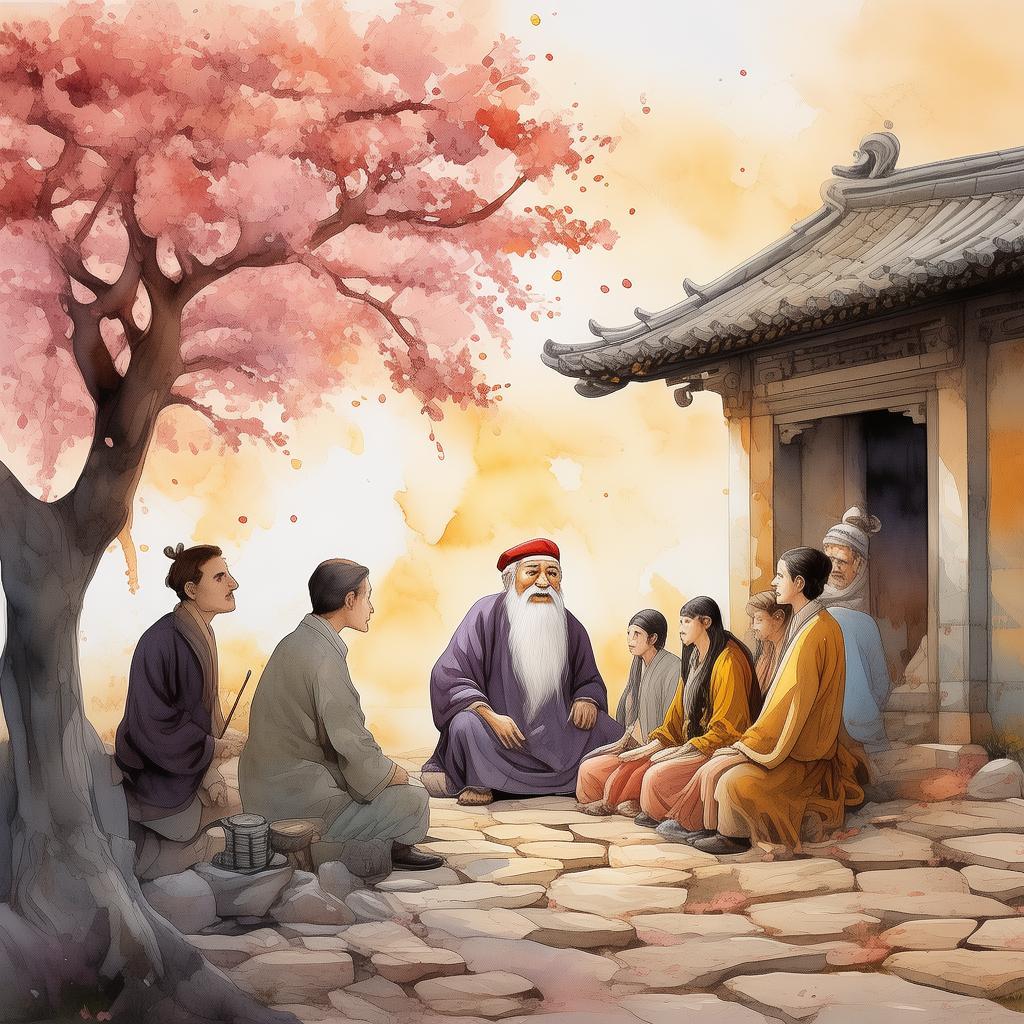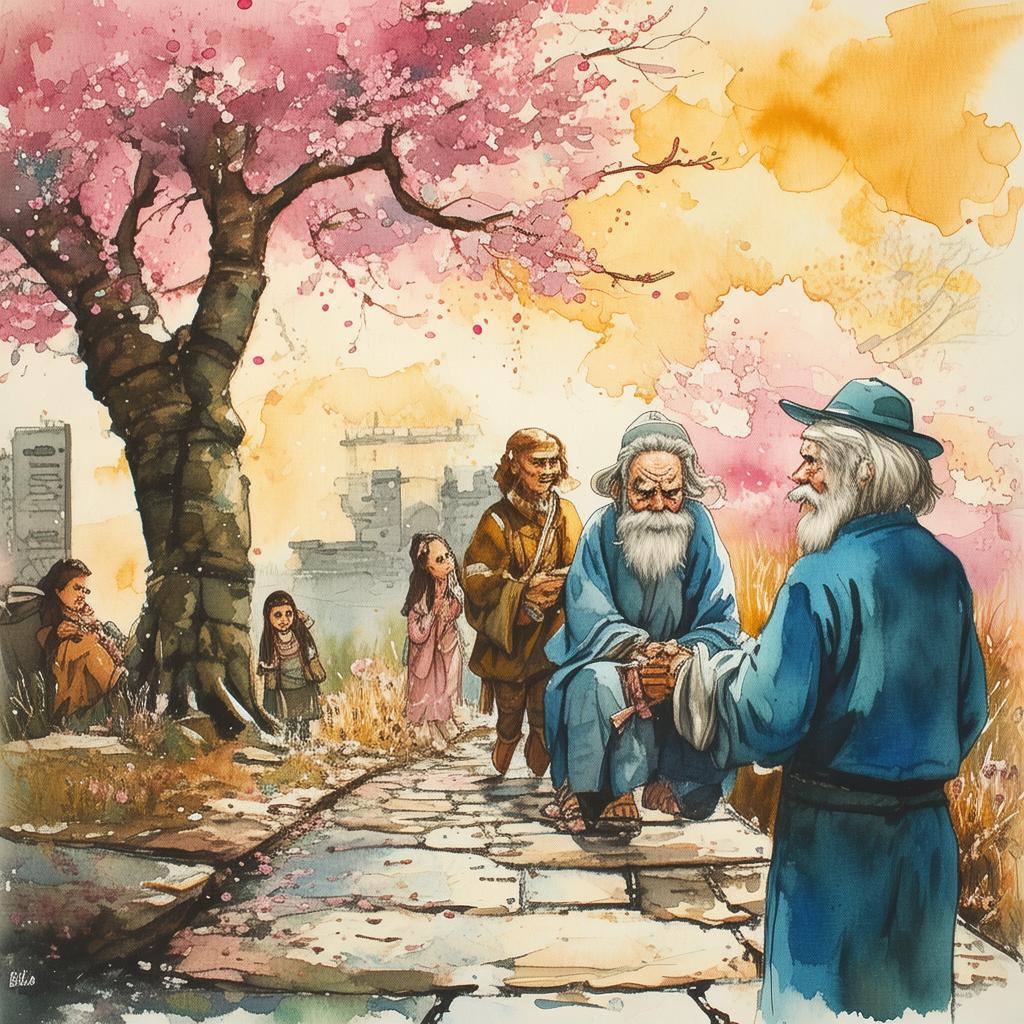The Lazy Scientist's Golden Ratio Discovery
In the quaint town of Euclid's End, nestled between rolling hills and ancient forests, there lived a peculiar scientist named Dr. Gideon Hapsworth. Known far and wide for his love of lounging under the sun and his disdain for rigorous research, Dr. Hapsworth was often labeled as the "Lazy Scientist." Yet, beneath his relaxed demeanor, there simmered a passion for uncovering the secrets of the universe.
One lazy afternoon, while lounging in his study, Dr. Hapsworth's gaze was drawn to an old, dusty book on the shelf. The title, "The World's Greatest Discoveries," intrigued him, and he decided to take a peek. As he flipped through the pages, his eyes were caught by a passage about the Golden Ratio, an ancient mathematical concept that had fascinated scholars for centuries.
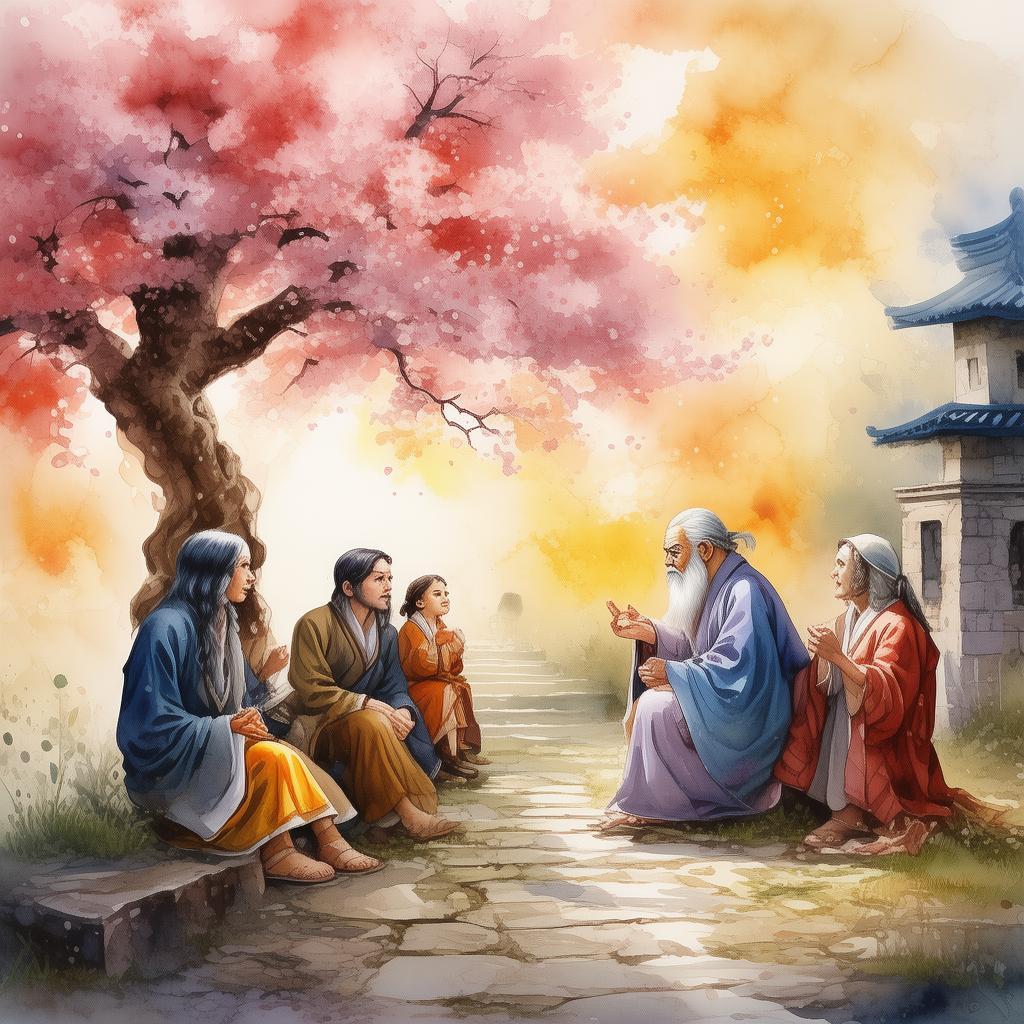
The Golden Ratio, also known as the Divine Proportion, is a number that appears in nature, art, and architecture. It is represented by the Greek letter phi (φ) and is approximately equal to 1.61803398875. The ratio has been found in the proportions of the human body, the arrangement of petals on a flower, and the structure of the Great Pyramids of Egypt.
Dr. Hapsworth, however, was not interested in the mathematical intricacies of the Golden Ratio. Instead, he was intrigued by the idea that this ratio might hold the key to ancient secrets. He decided to embark on a journey to uncover the mysteries of the Golden Ratio, hoping to prove that his reputation as the Lazy Scientist was undeserved.
His first stop was the ancient city of Delphi, where he believed the Golden Ratio had been discovered. As he wandered through the ruins, he noticed a series of intricate carvings on the stones. To his astonishment, he realized that these carvings were based on the Golden Ratio.
Dr. Hapsworth's excitement grew as he continued his journey. He visited the Great Pyramids of Giza, where he discovered that the proportions of the pyramids were also based on the Golden Ratio. He even traveled to the Vatican, where he found evidence that the ratio had been used in the design of St. Peter's Basilica.
As he gathered more evidence, Dr. Hapsworth began to suspect that the Golden Ratio was not just a mathematical curiosity but a code that had been used by ancient civilizations to communicate with future generations. He believed that by deciphering this code, he could unlock the secrets of the universe.
Back in his study, Dr. Hapsworth worked tirelessly to decipher the code. He spent days and nights poring over ancient texts and analyzing the mathematical patterns he had discovered. Finally, after weeks of relentless effort, he cracked the code.
The code led him to a hidden chamber beneath the ruins of an ancient temple. Inside, he found a scroll that revealed the existence of a powerful artifact that could harness the energy of the Golden Ratio. According to the scroll, the artifact was capable of transforming the world and uniting humanity.
Dr. Hapsworth, now no longer the Lazy Scientist, realized that his discovery could change the course of history. He knew that he had to act quickly. With the help of a few trusted colleagues, he set out to retrieve the artifact.
The journey was fraught with danger, as they faced off against rival factions who also sought the power of the Golden Ratio. In a climactic battle, Dr. Hapsworth and his team managed to secure the artifact and return it to its rightful place.
As the artifact was reactivated, a brilliant light enveloped the chamber. When the light faded, Dr. Hapsworth found himself standing in a grand hall filled with people from all walks of life. The artifact had brought them together, and they were now united in a common purpose.
Dr. Hapsworth realized that his discovery had not only proven his worth as a scientist but had also brought peace and understanding to the world. The Lazy Scientist had become the hero who had unlocked the secrets of the universe, forever changing the course of history.
In the end, Dr. Hapsworth's journey taught him that sometimes, the greatest discoveries come not from rigorous research but from a willingness to explore the unknown and a passion for uncovering the mysteries of the world.
✨ Original Statement ✨
All articles published on this website (including but not limited to text, images, videos, and other content) are original or authorized for reposting and are protected by relevant laws. Without the explicit written permission of this website, no individual or organization may copy, modify, repost, or use the content for commercial purposes.
If you need to quote or cooperate, please contact this site for authorization. We reserve the right to pursue legal responsibility for any unauthorized use.
Hereby declared.
